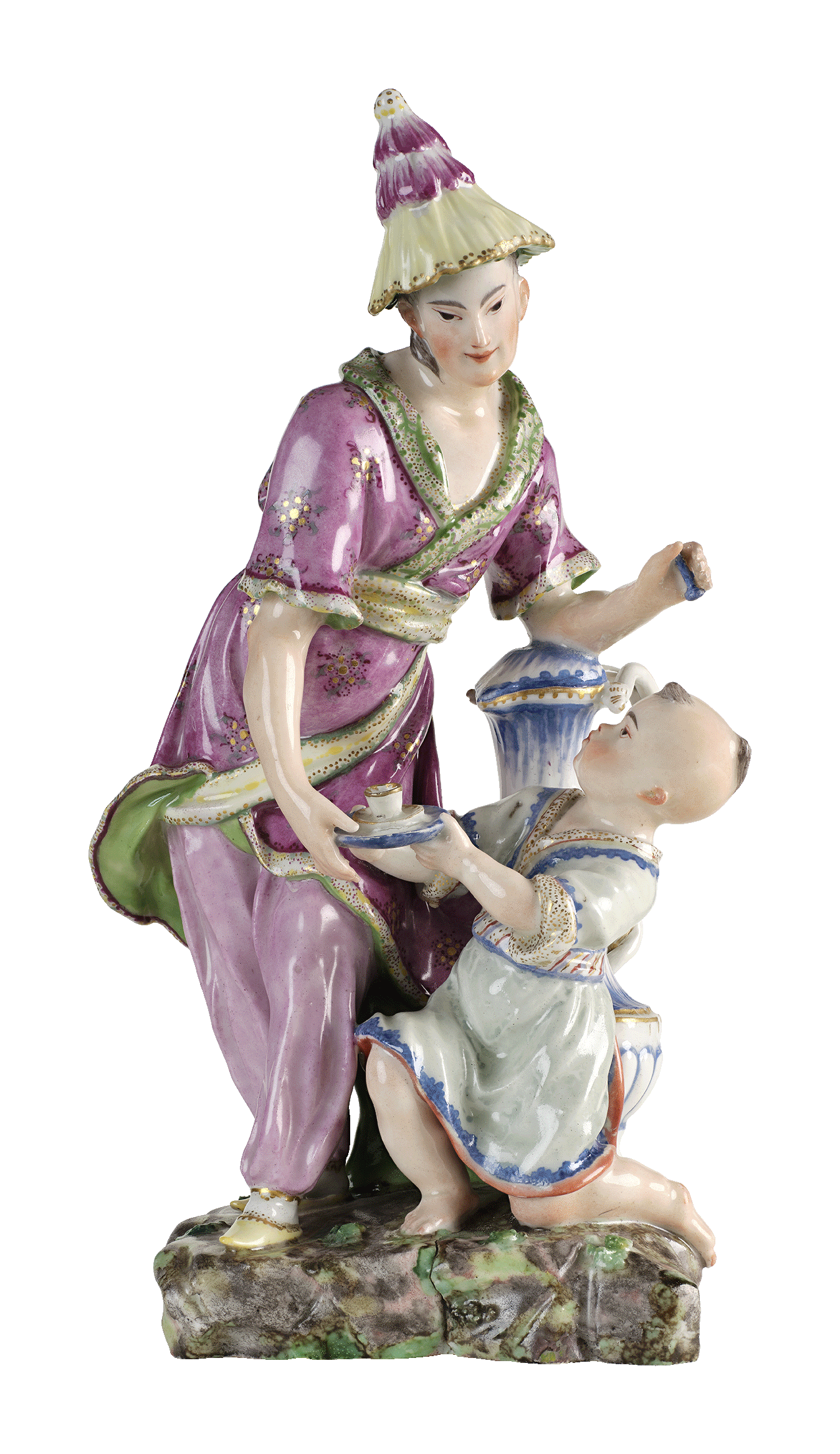
Gallantries, the collection of porcelain
18th century

ARTWORK
The term ‘galanterie’ or gallantries refers to small refined objects characterised by their precious materials, the high quality of the technique used to make them and the extreme attention to detail. Porcelain figurines in particular, which were widely popular from the mid-18th century onwards, were considered ‘galanterie’. They were first produced in Meissen, and later in other European manufactories, including Doccia, Ludwigsburg and Vienna.
The collection of porcelain in the Museo Poldi Pezzoli was started by Gian Giacomo Poldi Pezzoli, who had a large showcase built next to the Room where he intended to display the paintings and the most precious objects.
In the already extensive porcelain collection, recently expanded thanks to a generous donation of 84 pieces, there are works of the highest quality produced by leading Italian and European manufactories. One of the most striking of these collections is the Meissen porcelain, which includes tableware, tea and coffee sets and numerous figurines.
In the early 18th century, elegant tables were decorated with figurines made of sugar, which were very expensive and fragile. Meissen, the first porcelain factory in Europe, founded in 1710, began to produce porcelain figurines, painted in bright colours with enamel. The subjects included gardeners, musicians, animals, and characters from the Commedia dell’Arte, such as Harlequin, Columbine or Pantalone, who were well known at the time even outside of Italy.
